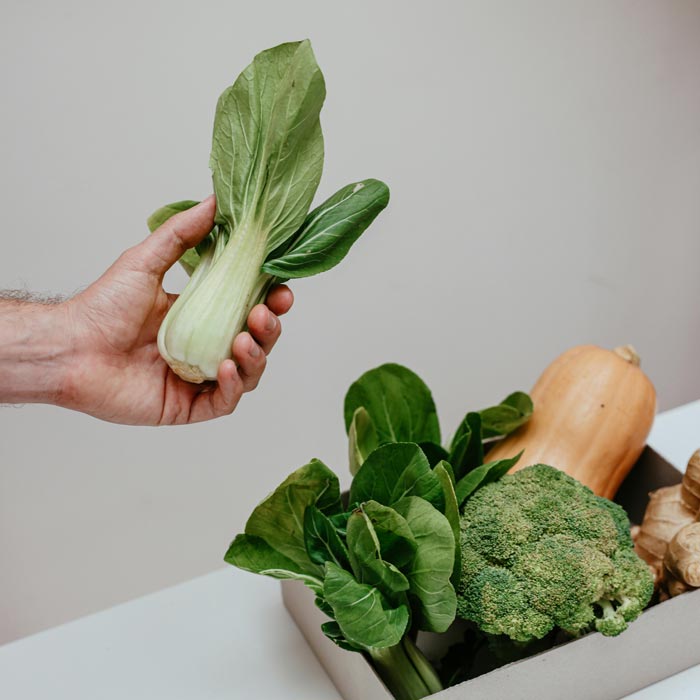DIY Saffron Serum: A Step-by-Step Guide to Making It at Home
Saffron, often called “red gold,” is treasured not just in cuisine but also in skincare for its remarkable benefits. The good news is that you can harness these benefits by making your own saffron serum at home. This natural skincare solution offers brightening, anti-aging, and skin-nourishing properties without the premium price tag of commercial products.
In this comprehensive guide, we’ll walk you through everything you need to know about creating your own effective saffron serum using simple, natural ingredients that work in harmony with your skin.
Benefits of Saffron for Your Skin
Saffron’s rich color indicates its potent antioxidant properties
Before diving into the recipe, let’s understand why saffron deserves a place in your skincare routine:
- Skin Brightening: Saffron contains compounds like crocin that inhibit melanin production, helping to brighten skin and fade dark spots.
- Anti-Aging Properties: Rich in antioxidants, saffron fights free radicals that cause premature aging and helps maintain skin elasticity.
- Natural Glow: Regular use can impart a natural radiance to your skin by improving blood circulation.
- Anti-Inflammatory: Saffron’s anti-inflammatory properties help calm irritated skin and reduce redness.
- Even Skin Tone: It helps address hyperpigmentation and uneven skin tone for a more balanced complexion.
Ingredients for Homemade Saffron Serum
Gathering high-quality ingredients is essential for creating an effective saffron serum. Here’s what you’ll need:
Essential Ingredients:
- Saffron Strands: 10-15 strands (ensure you use genuine, high-quality saffron)
- Base Oil: 30ml of rosehip, almond, or jojoba oil (choose based on your skin type)
- Vitamin E Oil: Contents of 1 capsule (acts as a natural preservative)
Optional Enhancers:
- Aloe Vera Gel: 1 tablespoon (for added hydration)
- Rose Water: 2 tablespoons (for toning properties)
- Essential Oils: 2-3 drops of lavender or frankincense (for fragrance and added benefits)
Tip: The quality of your saffron matters significantly. Look for deep red strands with orange tips and avoid yellow strands, which indicate lower quality or possible adulteration.
Step-by-Step Preparation Guide
- Sterilize Your Container: Clean a dark glass dropper bottle with boiling water or rubbing alcohol and let it dry completely.
- Prepare the Saffron: Gently crush the saffron strands using a mortar and pestle to release their beneficial compounds.
- Warm the Base Oil: Slightly warm your chosen carrier oil using a double boiler method (do not microwave as it can destroy nutrients).
- Infuse the Oil: Add the crushed saffron to the warm oil and stir gently. Remove from heat.
- Allow to Infuse: Let the mixture sit for at least 24-48 hours in a cool, dark place to fully extract saffron’s properties.
- Add Preservatives: After infusion, add the vitamin E oil and optional essential oils.
- Strain (Optional): For a smoother serum, strain through a fine cloth or coffee filter.
- Transfer to Container: Pour your serum into the sterilized dropper bottle.

Alternative Method with Aloe Vera Base
If you prefer a lighter, water-based serum:
- Mix 3 tablespoons of fresh aloe vera gel with 3 tablespoons of rose water.
- Add crushed saffron strands and let infuse for 30 minutes.
- Add 10 drops of your chosen carrier oil and the contents of one vitamin E capsule.
- Mix thoroughly until you achieve a uniform consistency.
- Transfer to a sterilized container.
Important: Water-based serums have a shorter shelf life (about 1-2 weeks when refrigerated) compared to oil-based serums (which can last 2-3 months).
How to Use Your Homemade Saffron Serum
For best results, follow these application guidelines:
- Patch Test First: Apply a small amount on your inner wrist and wait 24 hours to check for any allergic reactions.
- Cleanse First: Always apply to freshly cleansed skin.
- Application Method: Place 3-4 drops on your fingertips and gently pat (don’t rub) the serum onto your face and neck.
- Frequency: Apply once daily, preferably at night when skin regeneration is most active.
- Follow Up: Wait 5 minutes, then apply your regular moisturizer to seal in the serum.
“Consistency is key with natural skincare. Results typically begin to show after 3-4 weeks of regular use as your skin completes its natural renewal cycle.”
– Ayurvedic Skincare Wisdom
Storage and Shelf Life
Proper Storage:
- Store in a dark glass bottle to protect from light degradation
- Keep in a cool, dry place away from direct sunlight
- Oil-based serums can be stored at room temperature
- Water-based serums should be refrigerated
Shelf Life:
- Oil-based serum: 2-3 months
- Water-based serum: 1-2 weeks (refrigerated)
- Discard if you notice any change in color, smell, or texture
- Make small batches to ensure freshness
Precautions and Considerations

While saffron is generally safe for topical use, keep these important points in mind:
- Sun Sensitivity: Saffron may increase photosensitivity. Always use sunscreen during the day when using saffron-based products.
- Pregnancy: Consult your doctor before using saffron products if you’re pregnant, as saffron in high amounts may have stimulant effects.
- Allergies: Those with pollen allergies may be sensitive to saffron. Always perform a patch test.
- Skin Type: While suitable for most skin types, those with extremely sensitive skin should start with a more diluted version.
Frequently Asked Questions
Does homemade saffron serum really work?
Yes, saffron contains scientifically proven compounds like crocin and safranal that offer skin-brightening and antioxidant benefits. However, homemade serums may work more gradually than commercial products with concentrated extracts. Consistency in application is key to seeing results.
How long does it take to see results?
Most users notice improved skin texture and a subtle glow within 2-3 weeks of regular use. More significant results like fading of dark spots typically take 4-6 weeks as this aligns with your skin’s natural renewal cycle.
Can I use this serum if I have oily or acne-prone skin?
Yes, but choose your base oil carefully. For oily or acne-prone skin, opt for lighter, non-comedogenic oils like jojoba or grapeseed. You might also prefer the water-based version with aloe vera and rose water.
Is it normal for the serum to stain my skin temporarily?
Yes, saffron has natural coloring properties that may leave a slight yellow tint on the skin, especially with higher concentrations. This is temporary and will fade within minutes. Applying at night minimizes any concerns about temporary coloration.
Embrace the Natural Glow of Saffron

Creating your own saffron serum at home allows you to harness the “red gold’s” remarkable skincare benefits without the premium price tag. With just a few quality ingredients and some patience during preparation, you can add this luxurious treatment to your skincare routine.
Remember that natural skincare is a journey, not an overnight transformation. Give your homemade saffron serum time to work its magic, and enjoy the process of caring for your skin with pure, natural ingredients.
Ready to Experience Premium Saffron Skincare?
If you love the results but prefer the convenience of ready-made products, explore our collection of saffron-infused skincare solutions, formulated with the highest quality ingredients.




